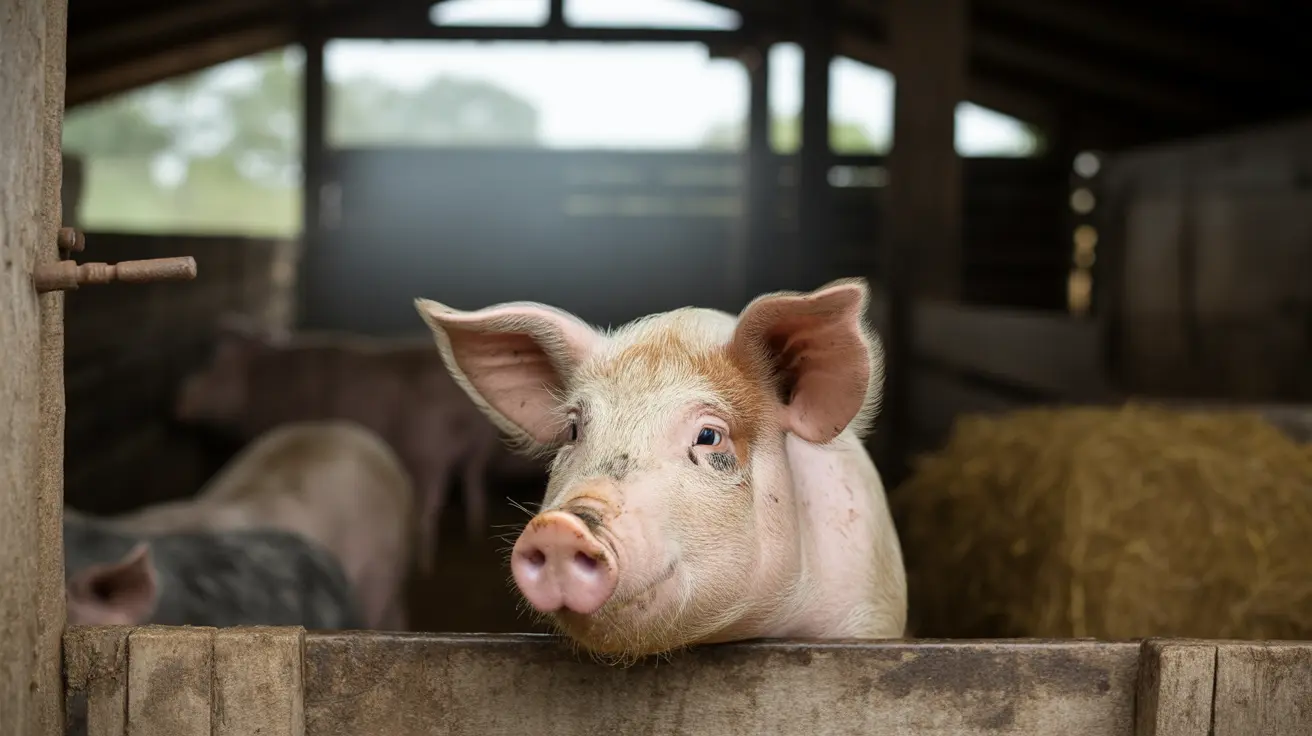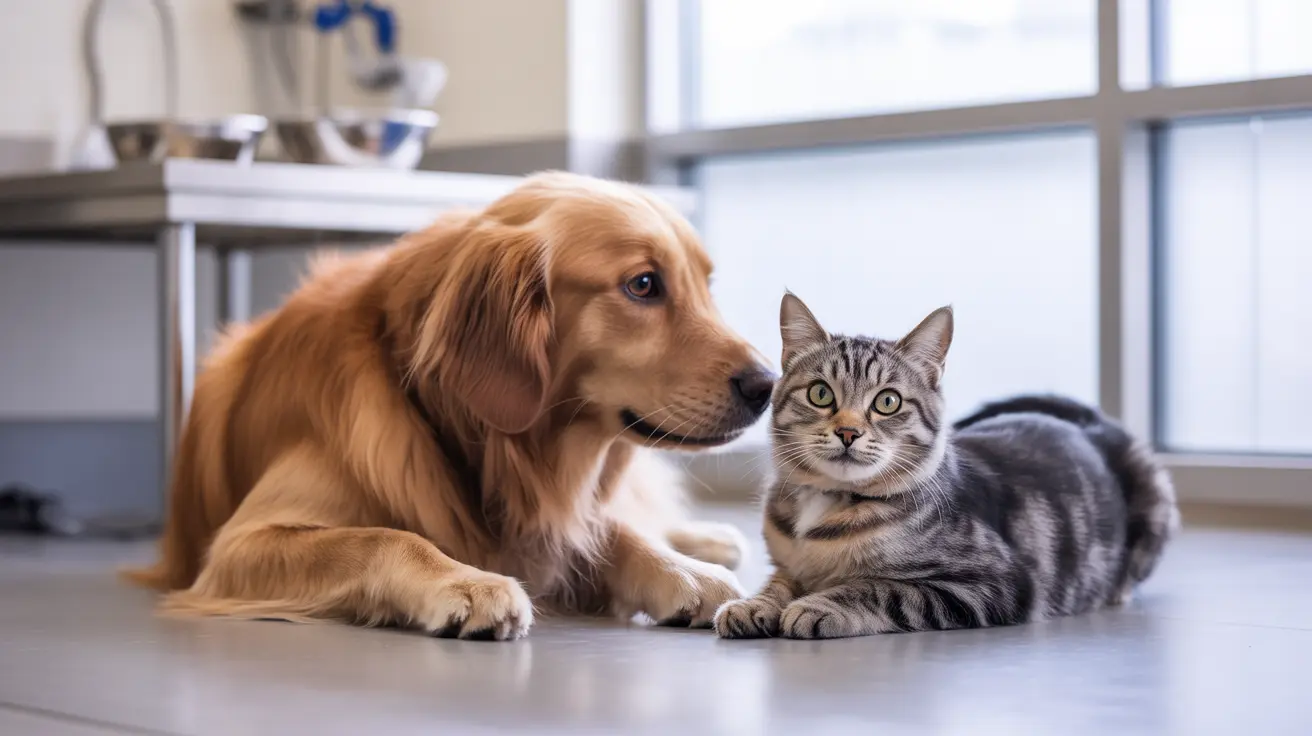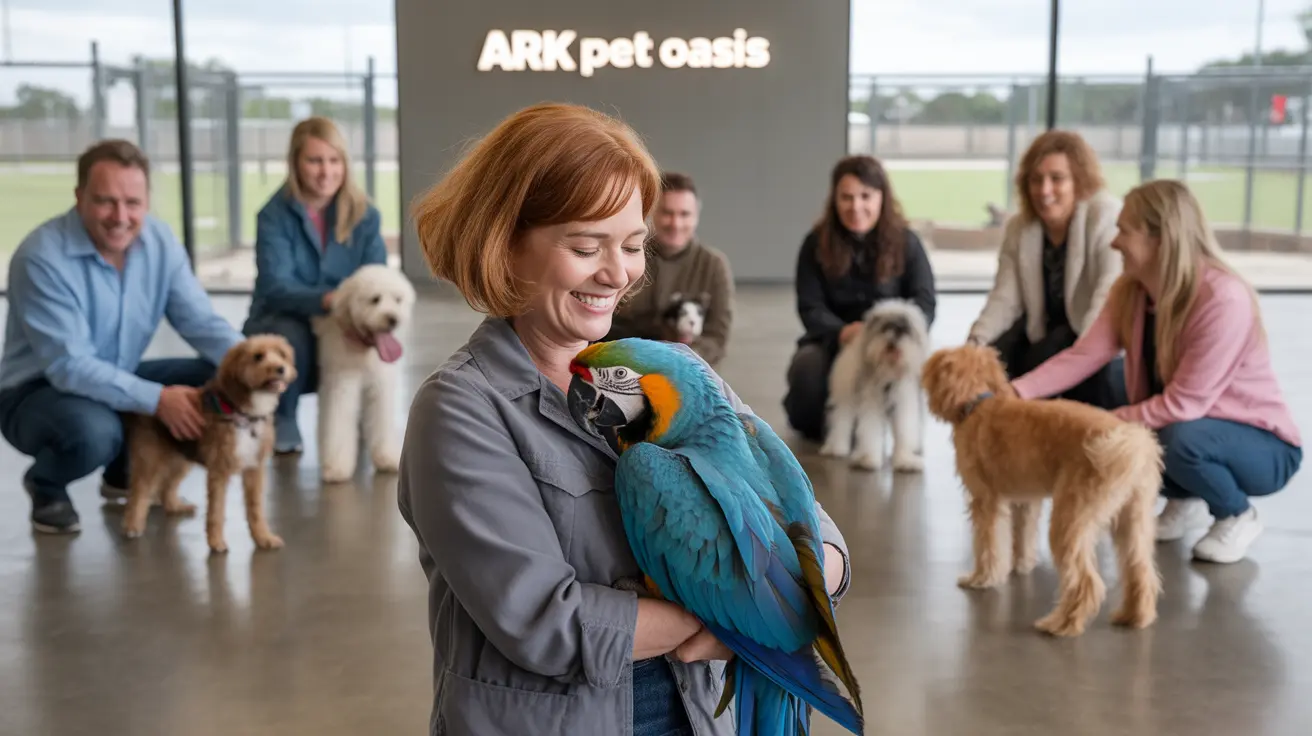If your dog not pooping has become a concern, you're not alone. Constipation is a common digestive issue that affects many dogs, and understanding its causes, symptoms, and treatments is crucial for every pet owner. This comprehensive guide will help you navigate this uncomfortable condition and know when to seek veterinary care.
While occasional constipation might resolve on its own, prolonged difficulty with bowel movements can indicate more serious underlying issues. Let's explore everything you need to know about helping your constipated canine companion.
Understanding Dog Constipation: Causes and Risk Factors
Several factors can contribute to your dog not pooping regularly. Understanding these causes is the first step in addressing the problem effectively:
Dietary Factors
- Dehydration
- Insufficient fiber intake
- Recent diet changes
- Consuming non-food items
Medical and Physical Factors
- Age-related issues
- Anal gland problems
- Neurological conditions
- Medication side effects
Recognizing the Signs of Constipation
Early detection of constipation can help prevent more serious complications. Watch for these key indicators:
- Straining during attempts to defecate
- Small, hard, or dry stools
- No bowel movement for more than 48 hours
- Visible discomfort or whining while trying to poop
- Lethargy and decreased appetite
- Abdominal bloating or tenderness
Natural Remedies and Home Care Solutions
Several safe, effective home remedies can help relieve mild constipation in dogs:
Dietary Adjustments
- Add 1-4 tablespoons of pure pumpkin puree to meals
- Include moisture-rich canned food
- Supplement with a small amount of olive or coconut oil
- Ensure constant access to fresh water
Lifestyle Changes
- Increase daily exercise
- Maintain regular walking schedules
- Provide opportunities for proper posturing during potty breaks
When to Seek Veterinary Care
While mild constipation often responds to home treatment, certain situations require immediate professional attention:
- No bowel movement for more than three days
- Signs of severe discomfort or distress
- Vomiting or complete loss of appetite
- Suspected foreign body ingestion
- Blood in stool or around the anal area
Prevention Strategies
Preventing constipation is easier than treating it. Consider these preventive measures:
- Maintain consistent feeding schedules
- Provide high-quality, fiber-appropriate diet
- Ensure plenty of fresh water
- Schedule regular exercise
- Monitor bowel movement frequency
Frequently Asked Questions
Why is my dog not pooping, and what are the common causes of constipation in dogs?
Constipation in dogs commonly results from dehydration, lack of fiber, insufficient exercise, or underlying health conditions. Sometimes, dietary changes or stress can also affect bowel movements.
How can I help my constipated dog at home using natural remedies like pumpkin puree and olive oil?
Add 1-4 tablespoons of pure pumpkin puree to your dog's food, ensure plenty of water intake, and consider adding a small amount of olive oil to meals. Increased exercise can also help stimulate bowel movements.
What are the signs that my dog's constipation is severe and requires immediate veterinary attention?
Seek immediate veterinary care if your dog hasn't defecated for more than three days, shows signs of pain, vomits, or has blood in the stool. Lethargy and complete loss of appetite are also red flags.
Can I give my dog human laxatives for constipation, and what are the risks?
Never give your dog human laxatives without veterinary approval. Many human medications are toxic to dogs and can cause severe complications. Always consult your veterinarian for appropriate treatment options.
How can I prevent my dog from becoming constipated through dietary changes and regular exercise?
Prevent constipation by providing adequate fiber in your dog's diet, ensuring constant access to fresh water, maintaining regular exercise routines, and keeping consistent feeding schedules.
Understanding why your dog is not pooping and taking appropriate action can prevent serious complications. While many cases of constipation can be managed at home, always consult your veterinarian if symptoms persist or worsen. With proper care and attention, you can help keep your dog's digestive system functioning normally.






